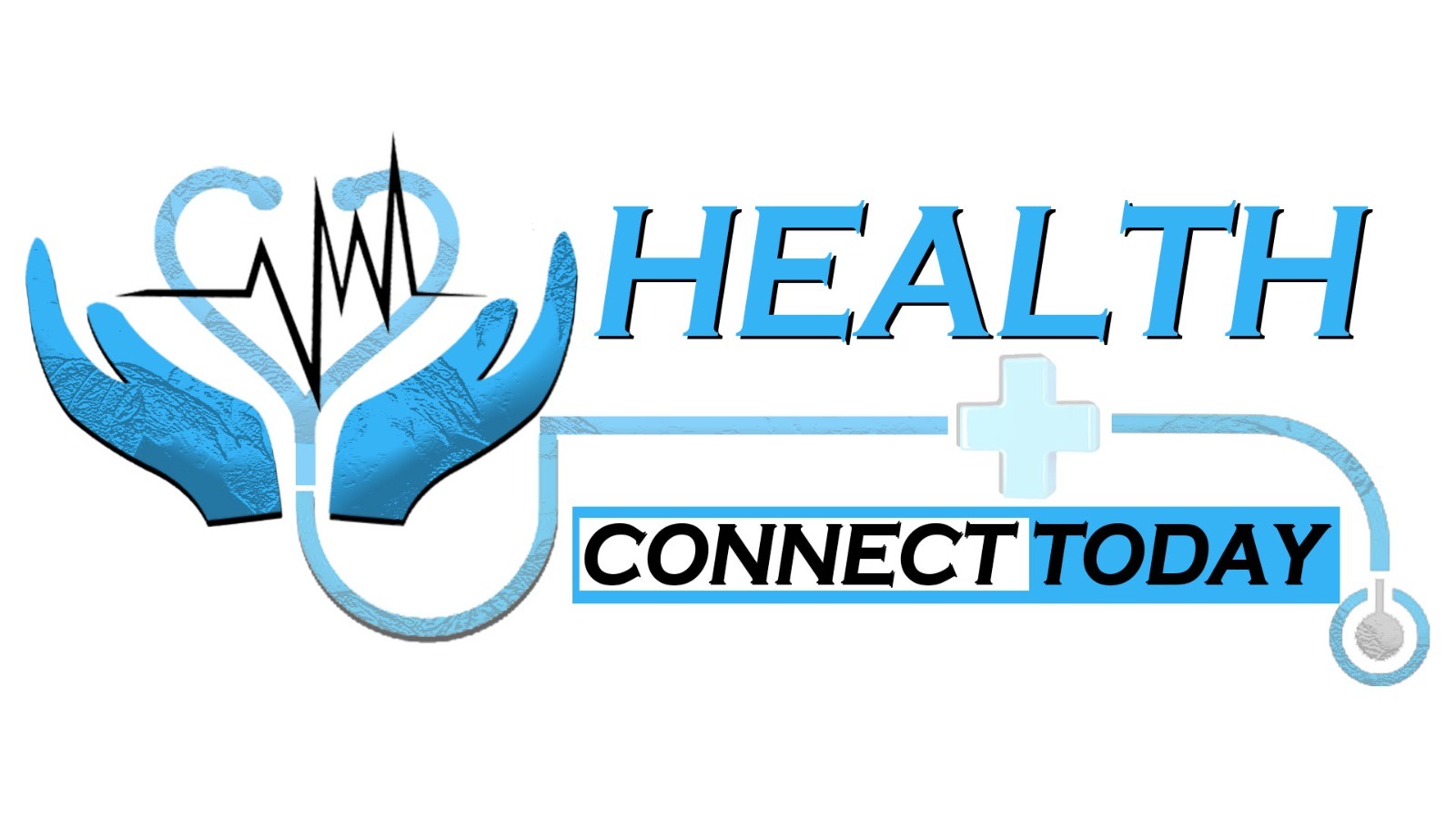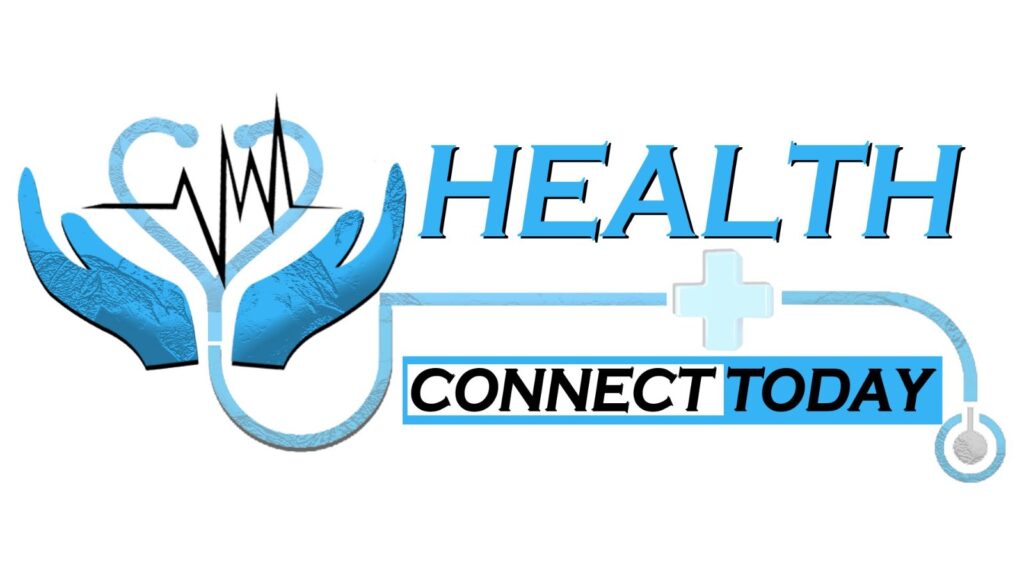Hysterectomy involves the removal of the uterus. It is commonly done if a female has any untreatable issues in the reproductive system. Many women do not experience any pain after getting this surgery, but abdominal pain can occur in some. Understanding the cause is very important in treating it. In this blog, we have explained the common causes of abdominal pain after a hysterectomy and how to get rid of it.
What is Hysterectomy?
It is a surgical procedure performed to remove the uterus from a female’s body. She cannot get pregnant or menstruate (have periods) after getting this surgery. This procedure may also include the excision of fallopian tubes, cervix, and ovaries. There are different types of hysterectomies: total (removal of the uterus and cervix), subtotal (removal of the uterus only), and radical (removal of the uterus, cervix, surrounding tissues, and sometimes the ovaries).
What Causes Pain After A Hysterectomy?
Hysterectomy is the second most common surgical procedure in females in the US. This frequency shows that it is very common, but there are a few chances you may experience pain after the procedure. Common areas are:
- Lower Abdomen
- Pelvic
- Bladder
- Legs
- Surgical Site
Causes of Abdominal Pain Post-Hysterectomy
Pain after removing the uterus can occur because of the healing mechanism of the system. During this phase, you can experience abdominal pain. However, there are many individual reasons.
- Cutting of tissues during surgery can cause inflammation which results in pain in the abdomen.
- Surgery can cause tissues to scar, which adhere to other organs and cause pain.
- Post-surgical infection can occur, and the symptoms are pain, fever, and discomfort.
- If the ovaries are intact, the hormonal changes can cause pain.
- The surgery may cause damage to any nerve. In this case, chronic pain can occur in the lower abdomen.
- Blood clots and accumulation of fluid at the surgical site can happen, resulting in pain and discomfort.
- Stress after surgery can cause strain on the abdominal muscles, causing pain and cramps.
Treating Post-hysterectomy Abdominal Pain
Pain management after surgery is part of your healing journey. Some people don’t experience pain at all, which makes their recovery phase very smooth. However, everybody reacts differently, and you may experience discomfort after the uterus removal. Pain in the abdomen is a major concern, so let’s discuss some ways to treat it.
Pain Management
The doctor mostly prescribes painkillers after the surgery. This is the easiest and safest way to deal with abdominal pain. If you are not prescribed painkillers and still experience pain, over-the-counter medications such as ibuprofen or acetaminophen can relieve your mild or moderate pain. But if you are having severe pain, discuss it with your doctor.
Heat Therapy
Low abdominal pain after hysterectomy is mostly cramps that could occur because of major hormonal changes happening in your body. This is part of your healing process, so there is no need to be afraid of it. Using a heating pad or bottle filled with warm water is all you need for these cramps. Heat therapy relaxes your muscles and puts you at ease.
Light Exercise
Strenuous exercise should not be done, but a light workout can be beneficial. A daily walk can help you a lot. Try to walk and, with time, increase your footsteps. This will make your muscles functional and restore your body back to normal. However, lifting heavy objects should never be done. Take a lot of rest and walk daily for a speedy recovery.
Dietary Adjustments
Your entire body works on the fuel, and its fuel is your diet. After the surgery, you may experience stomach discomfort, so try to eat bland food like boiled chicken, salad, yogurt, plain rice, etc. Increase the intake of fluids and add electrolytes like sodium and calcium to it. Your bowel movements are not so regular after hysterectomy, and this causes constipation and pain. A good diet can resolve this issue with time.
Incision care
Infection at the surgical site is common but can be avoided with proper care and sanitization techniques. Change the dressing of your wound daily and sanitize it properly. Never let it get moist because this enhances the growth of bacteria. Always keep it covered with a gauze bandage. Do not rub the wound, and take care of it for faster recovery.
Mental Health Care
Mental health is not directly involved in pain, but it weakens the body and stresses muscles. Join mental health support groups or visit a therapist to aid the recovery.
When To Seek Professional Guidance
Call your doctor if:
- Pain in the abdomen does not go away even after taking painkillers.
- You have severe abdominal pain after hysterectomy
- You cannot have bowel movements.
- You have severe vaginal discharge along with blood.
- You always experience nausea, and it is not going away.
- Incisions get open, or there is blood on the bandage.
- There is increased swelling and redness on the incision site.
Conclusion
Abdominal pain after a hysterectomy is common but treatable. It is part of the recovery phase and usually goes away with time. An improved diet, proper wound care, and pain management can resolve abdominal pain. But, if it still persists, visit your doctor.

